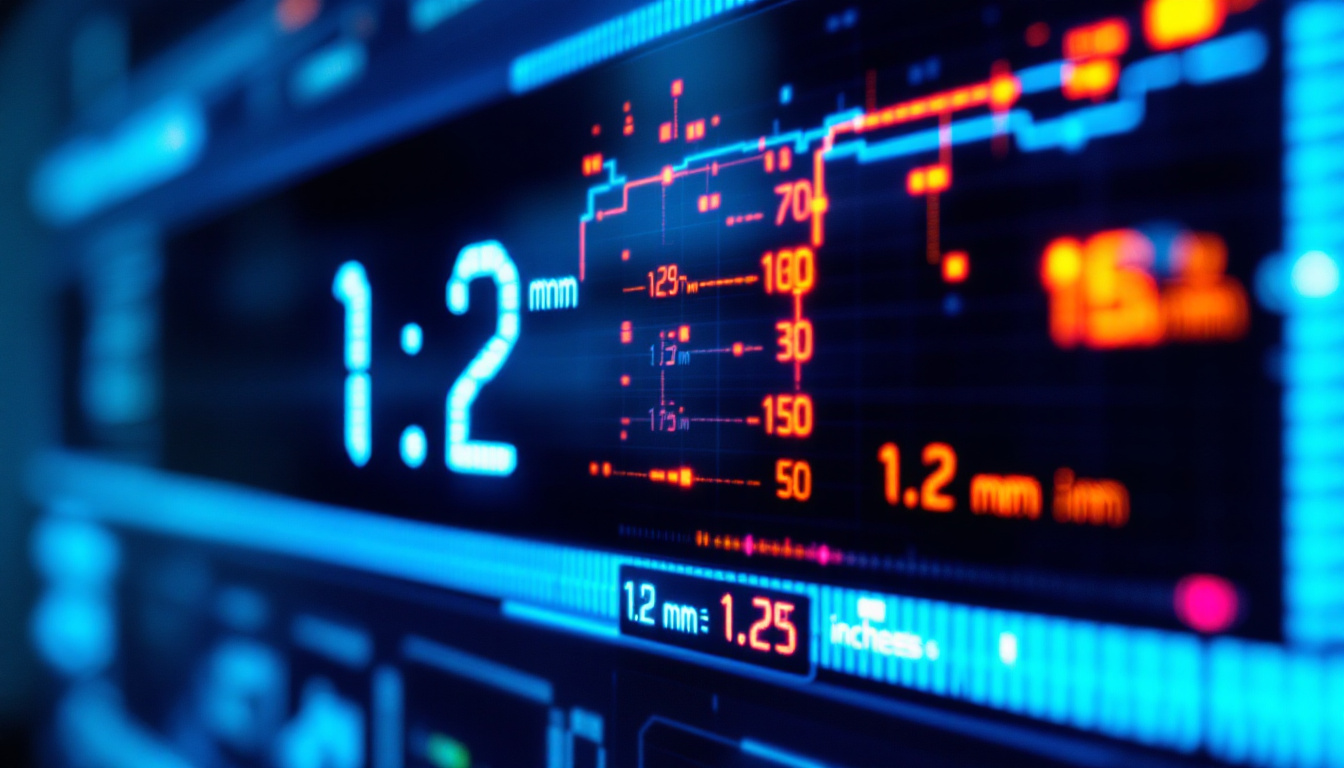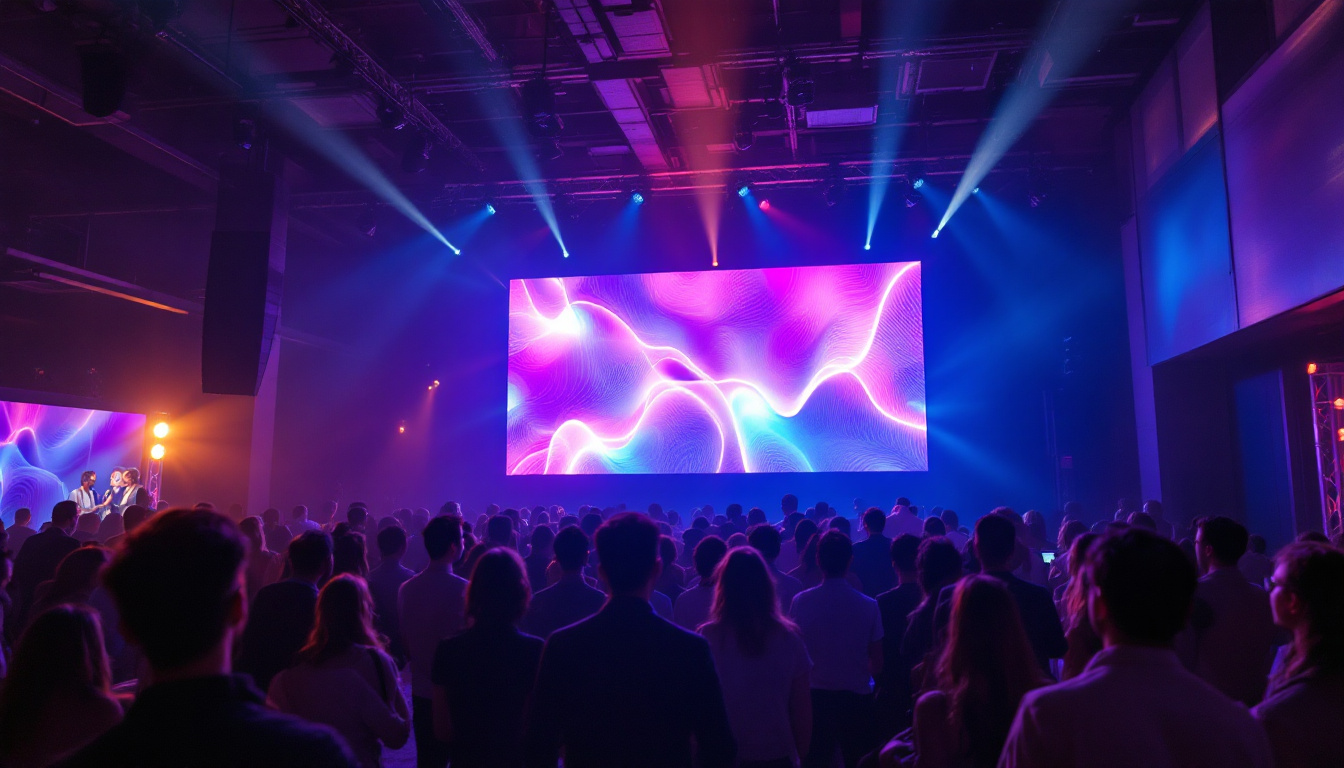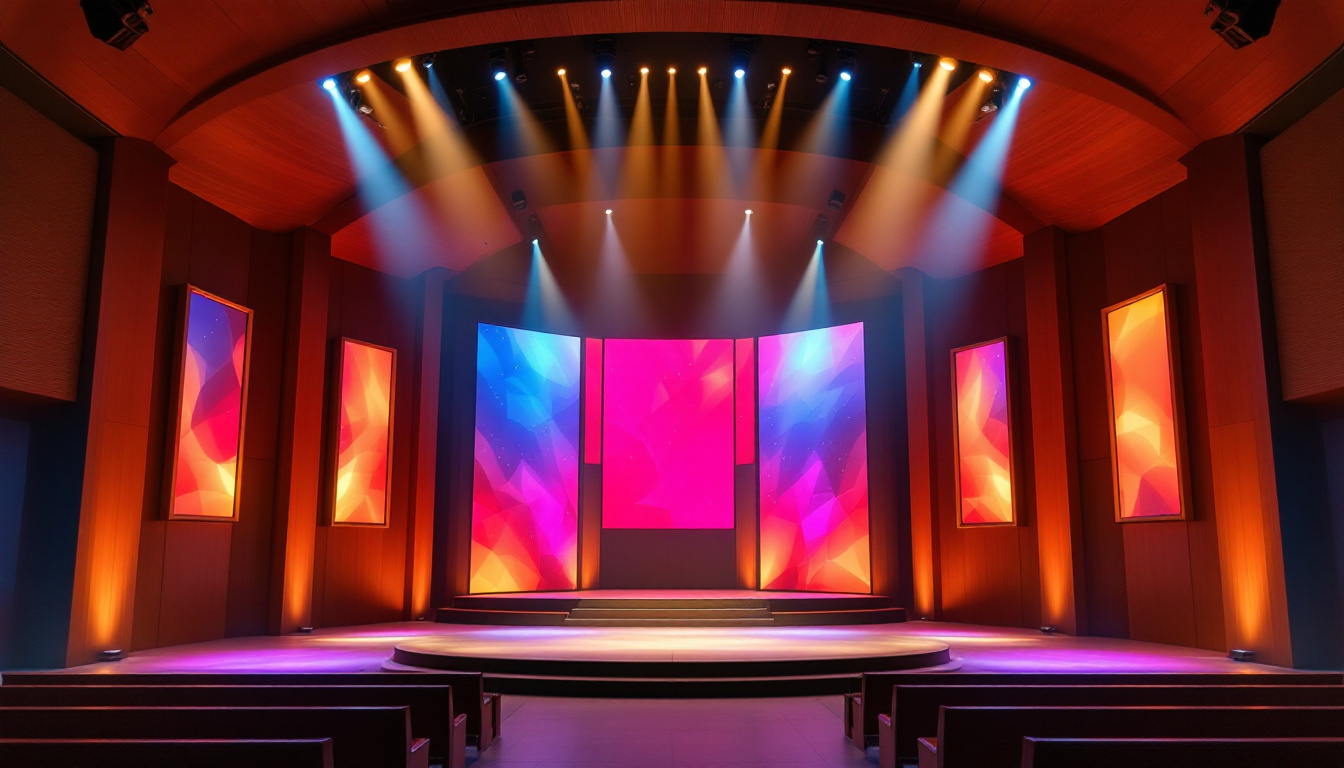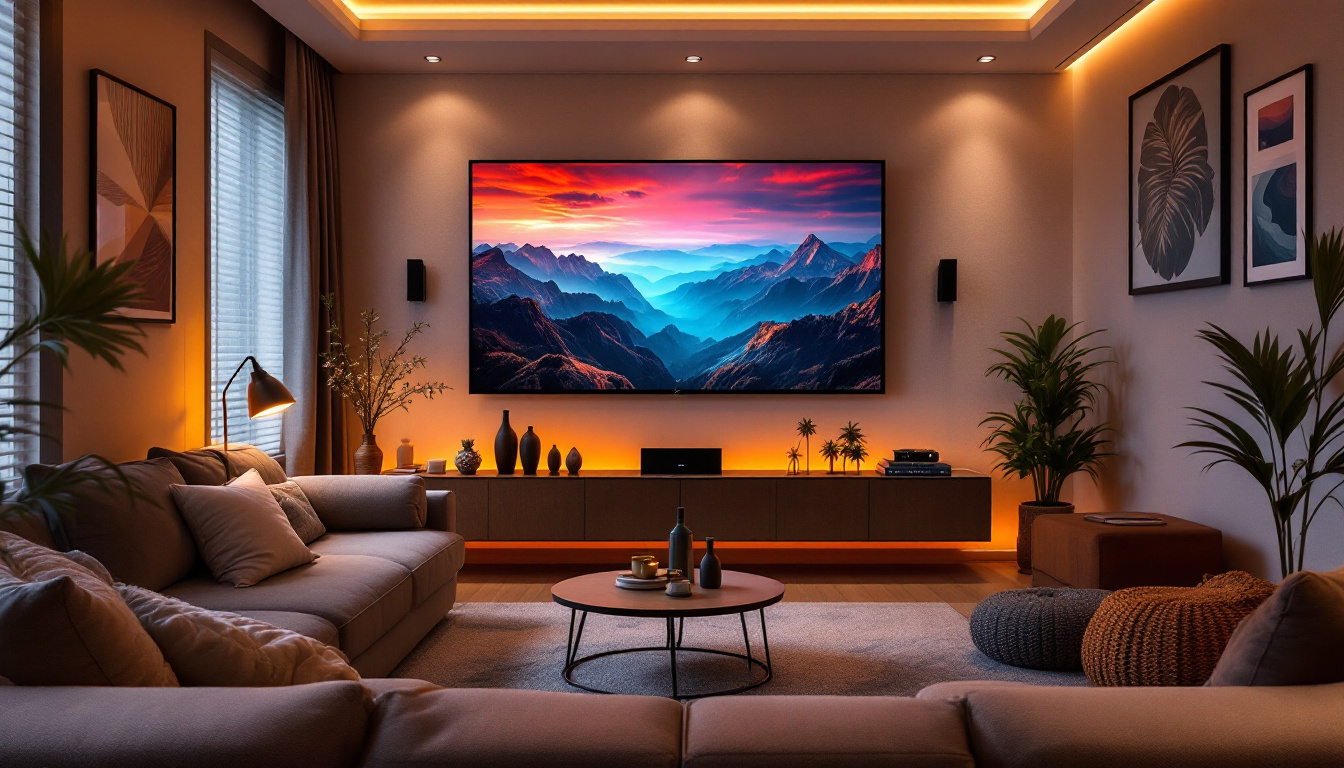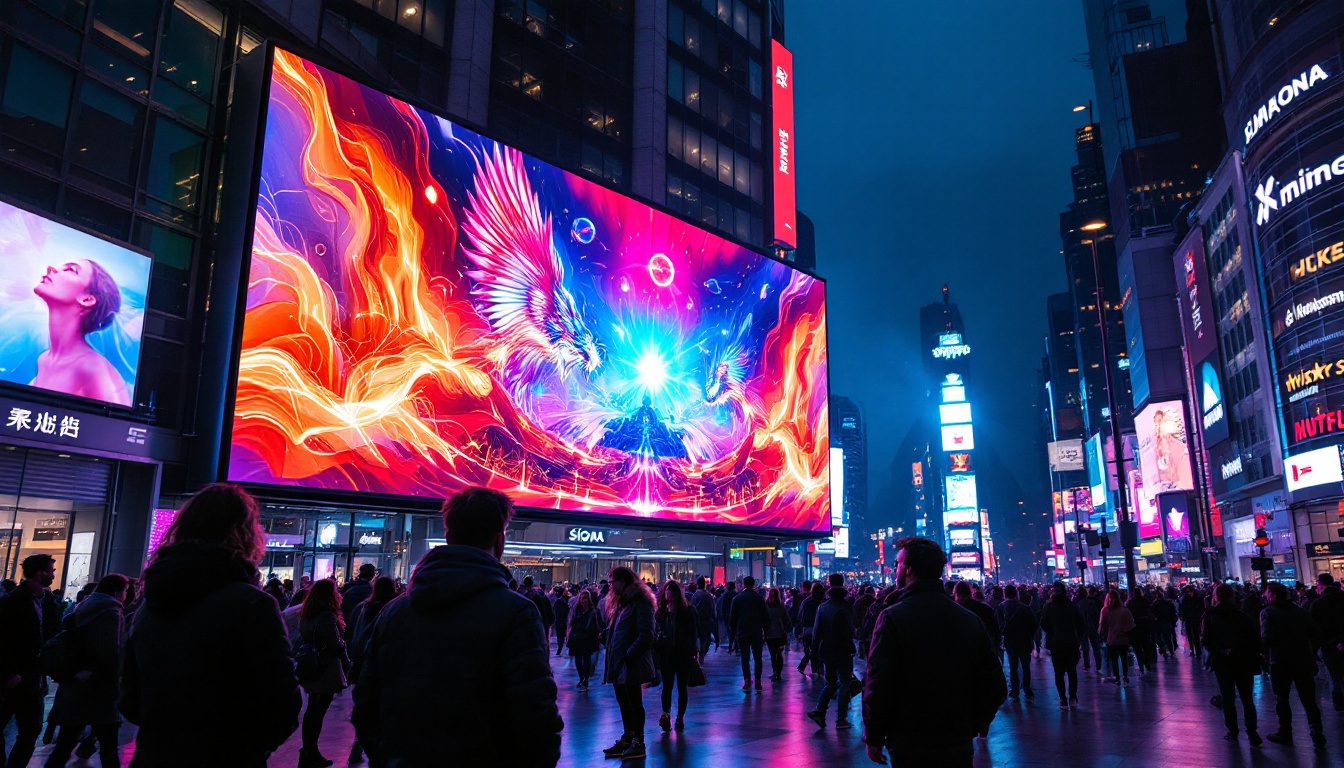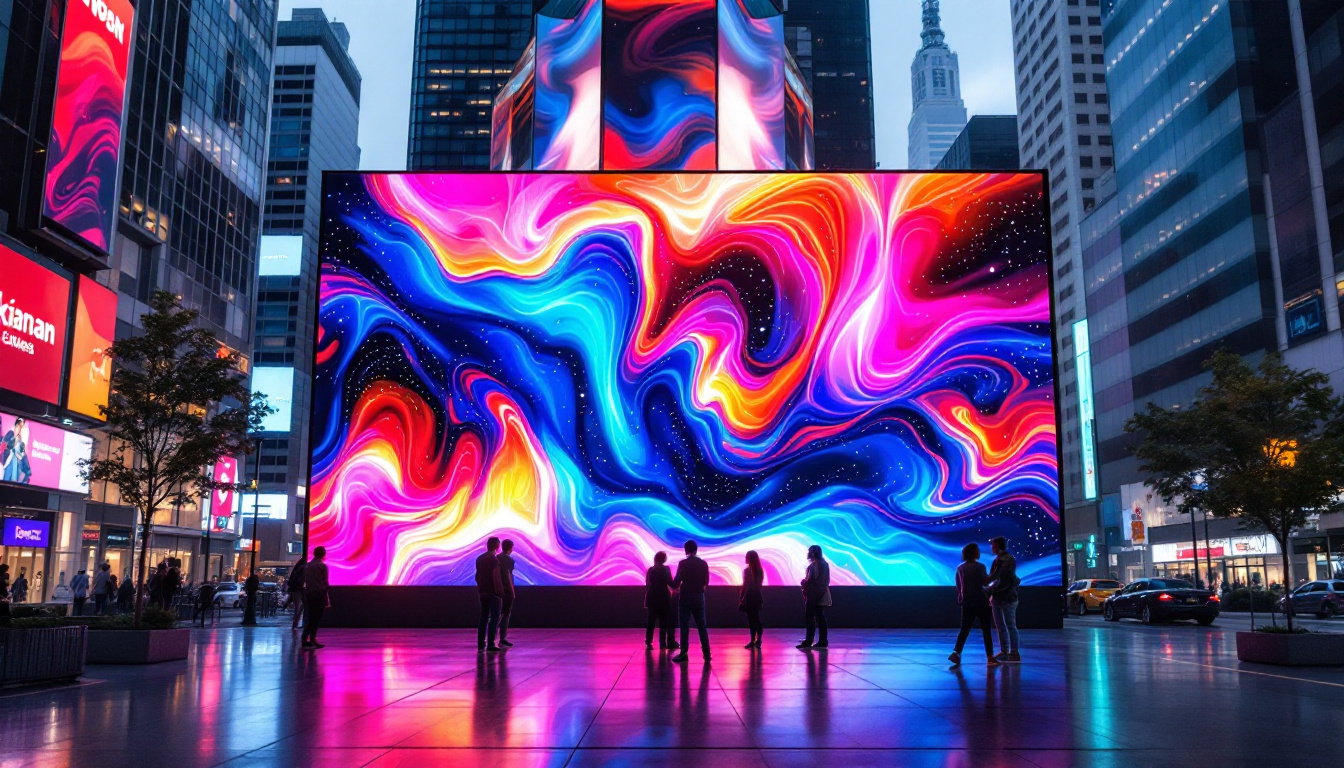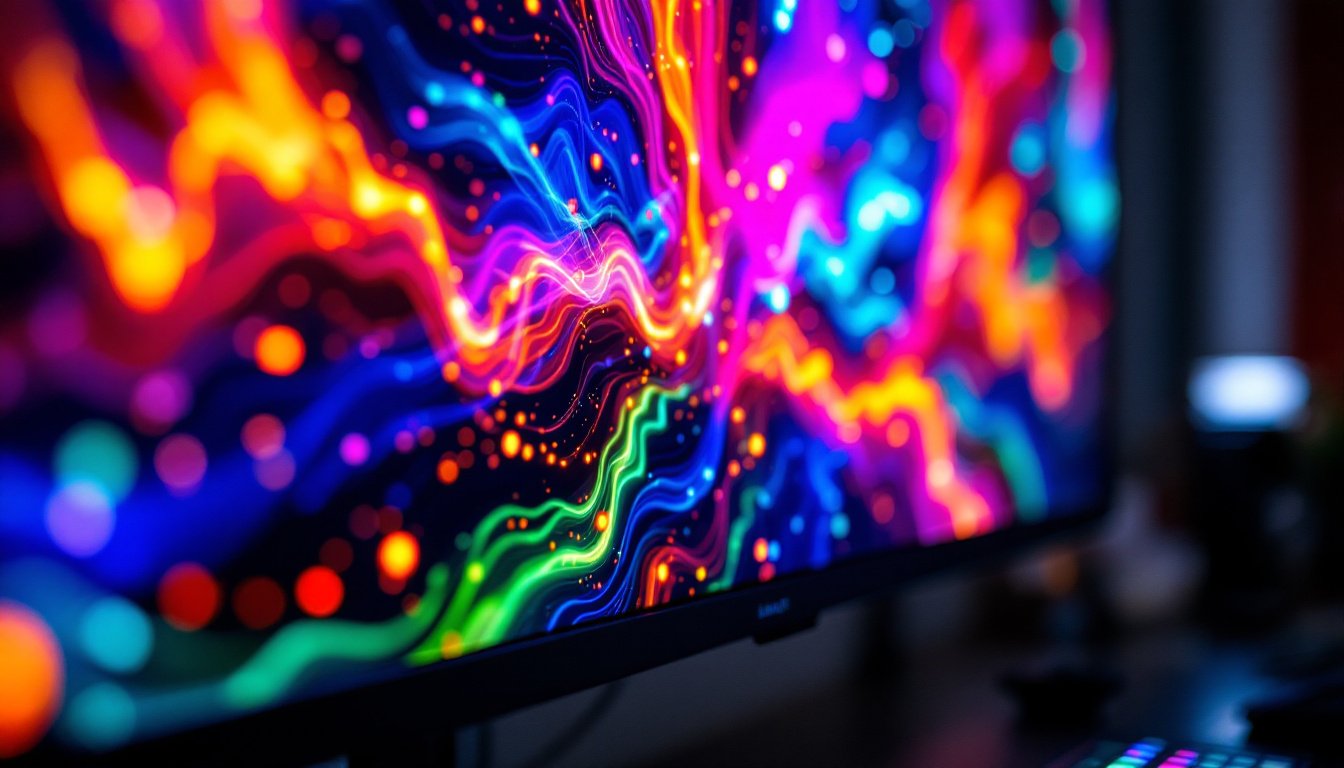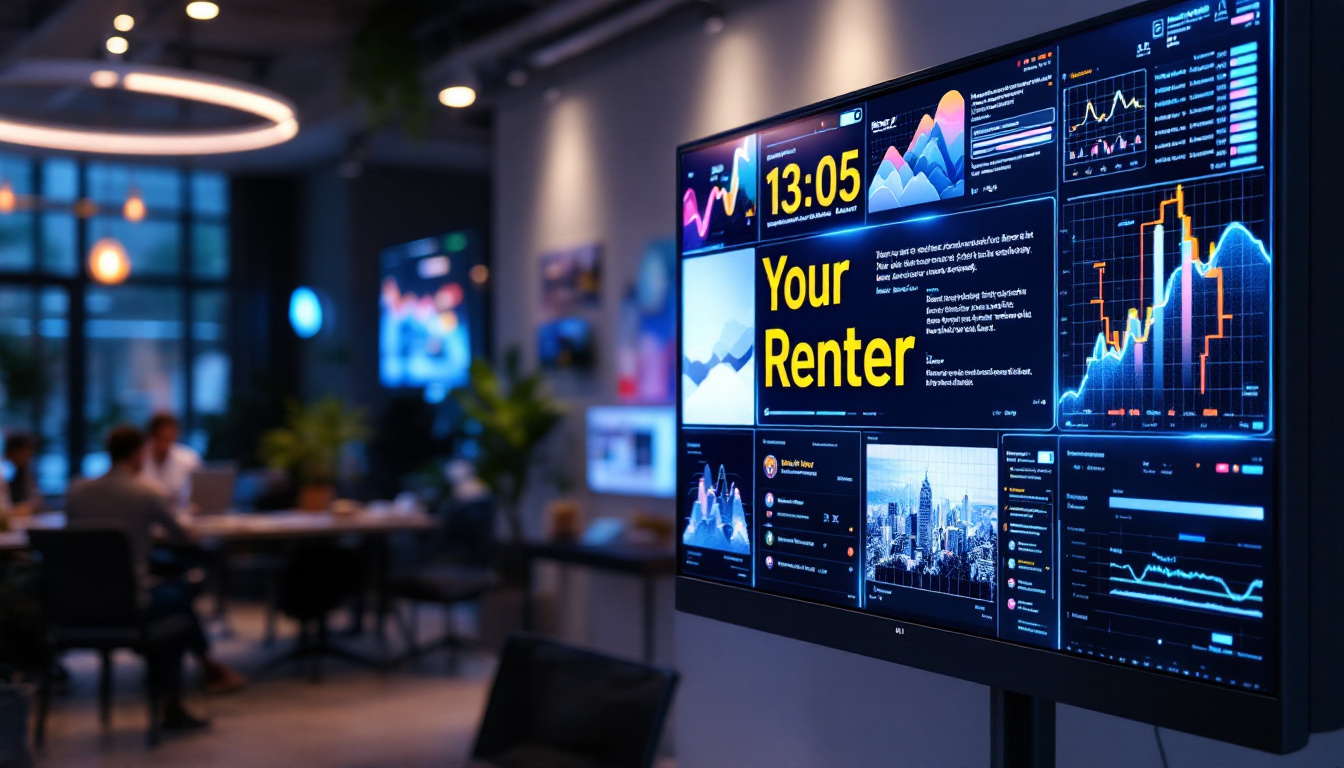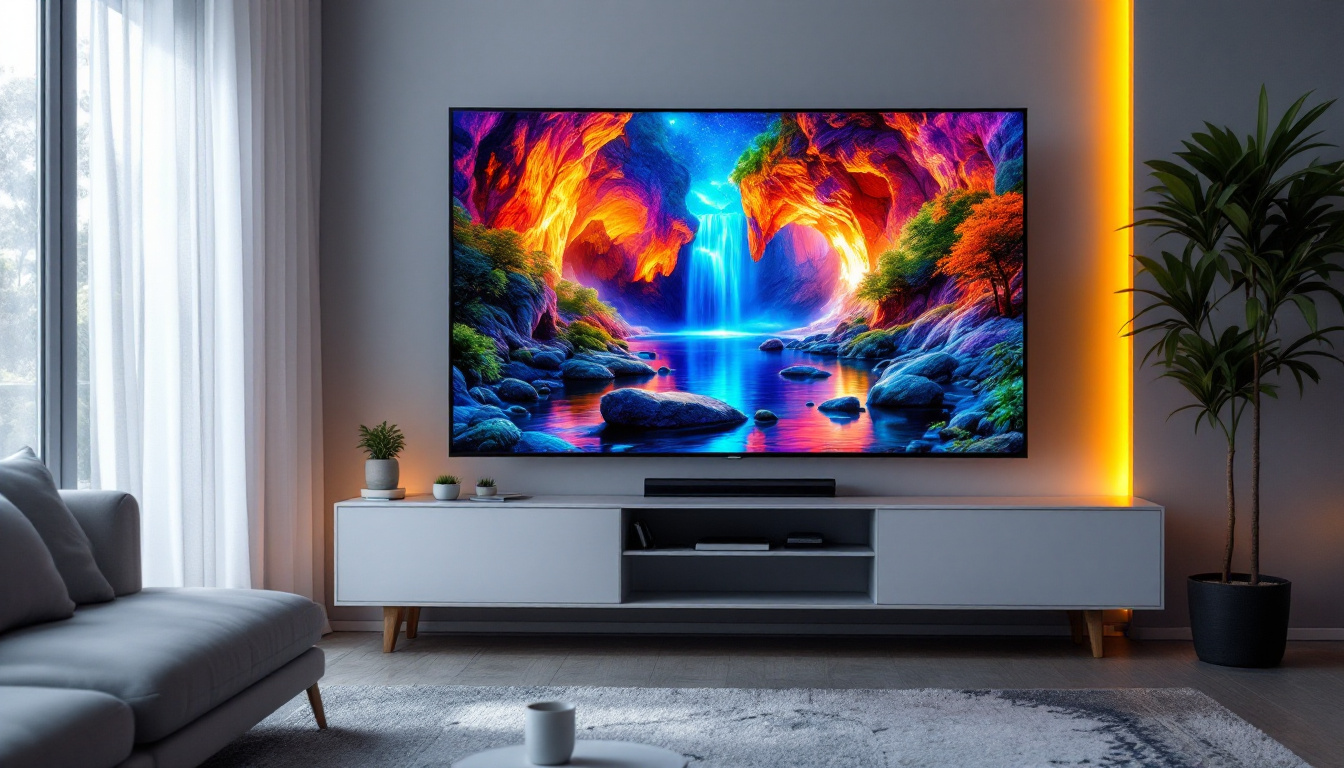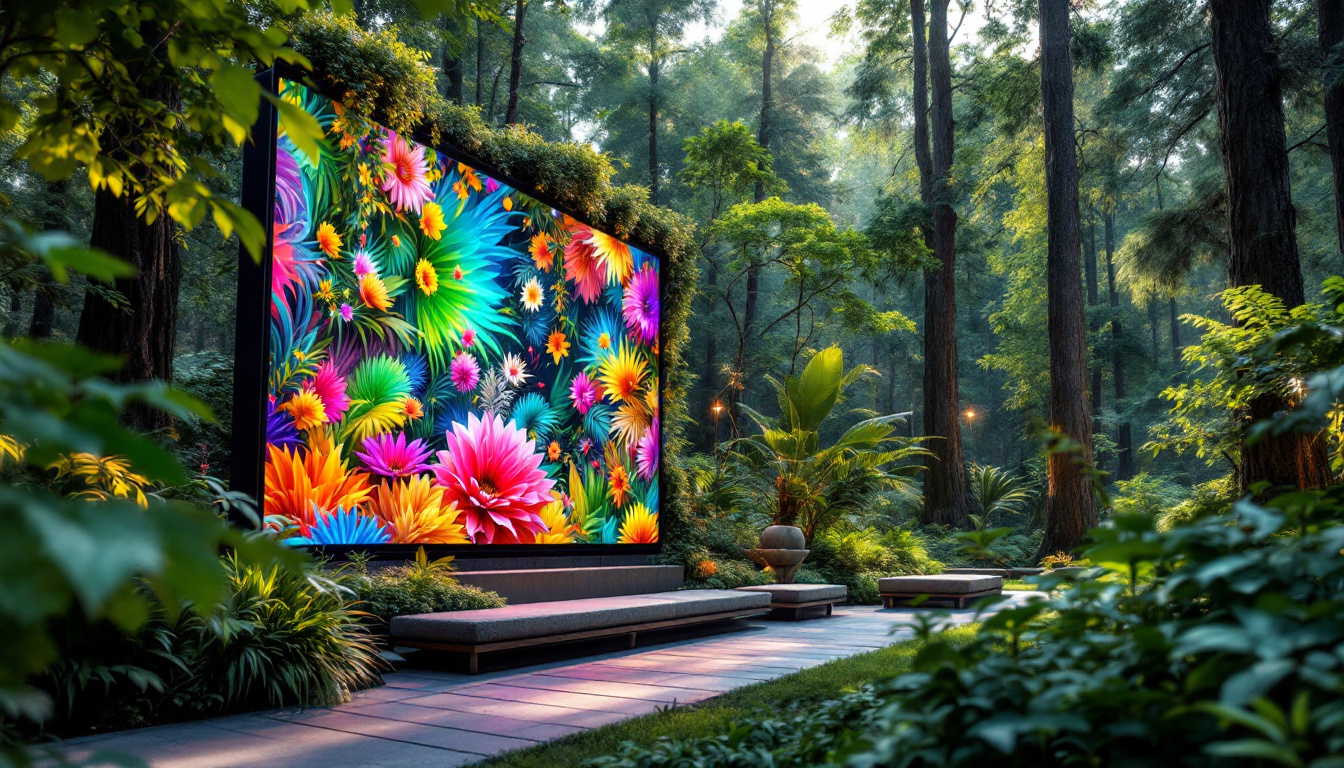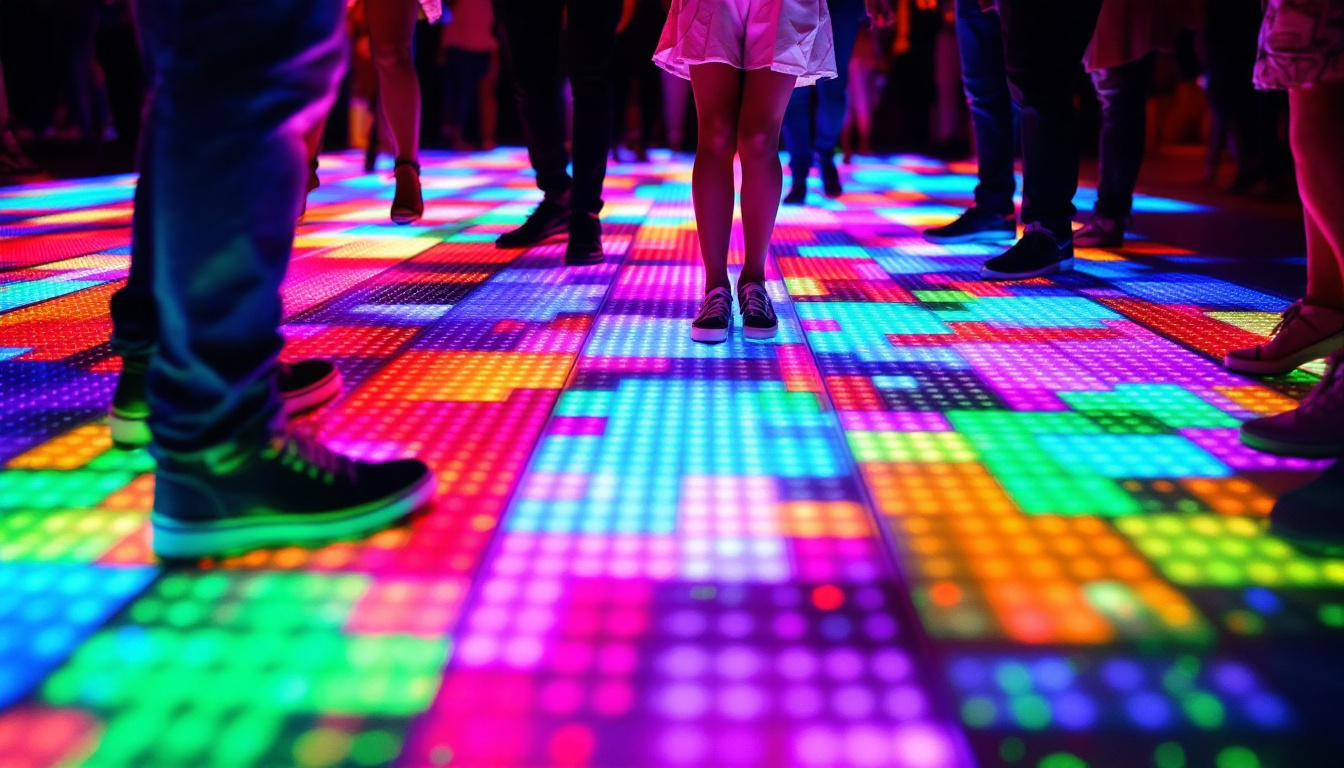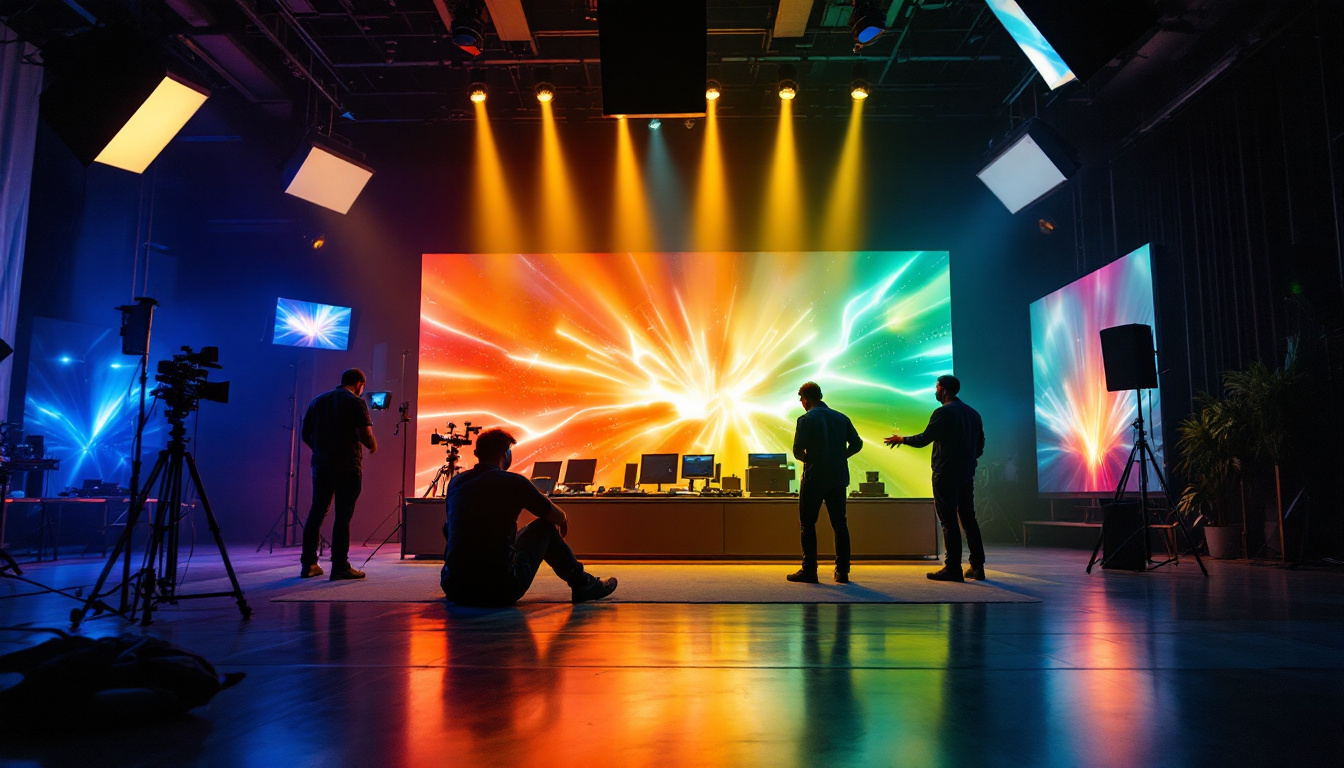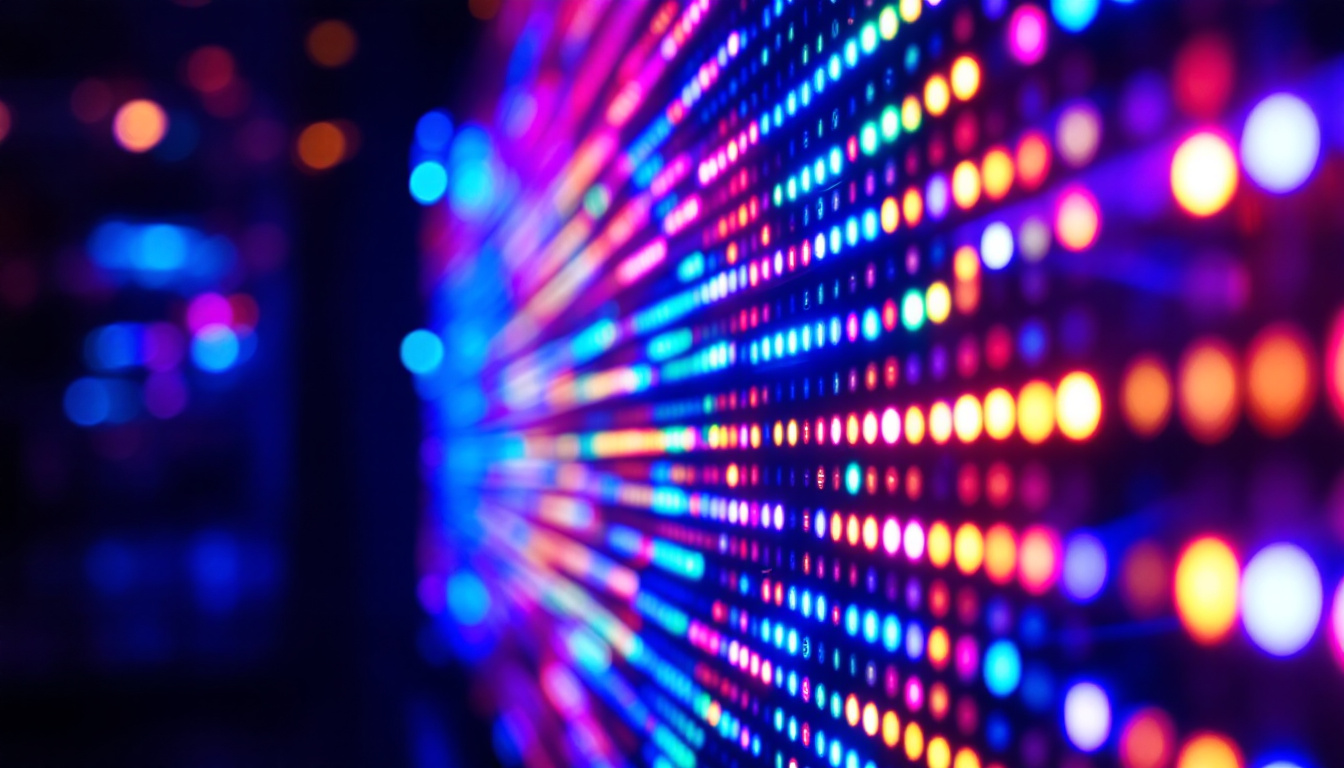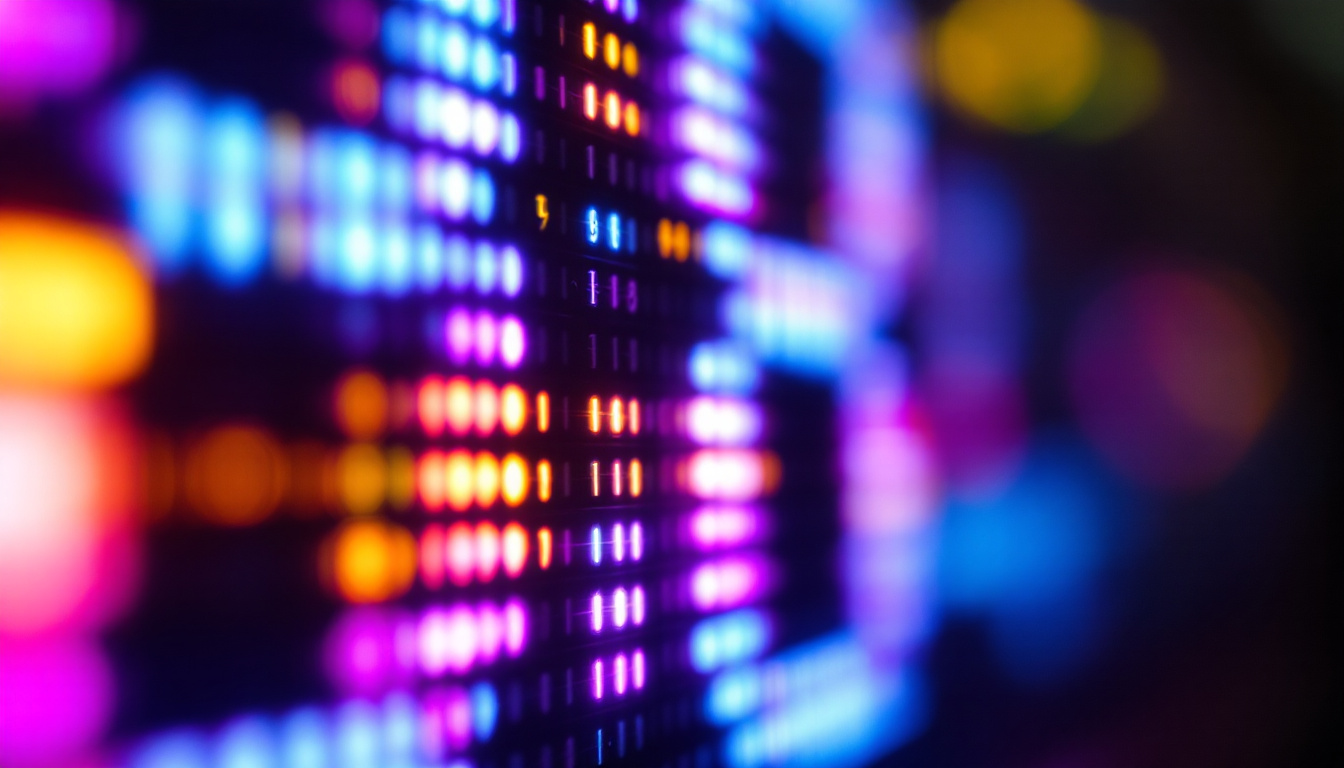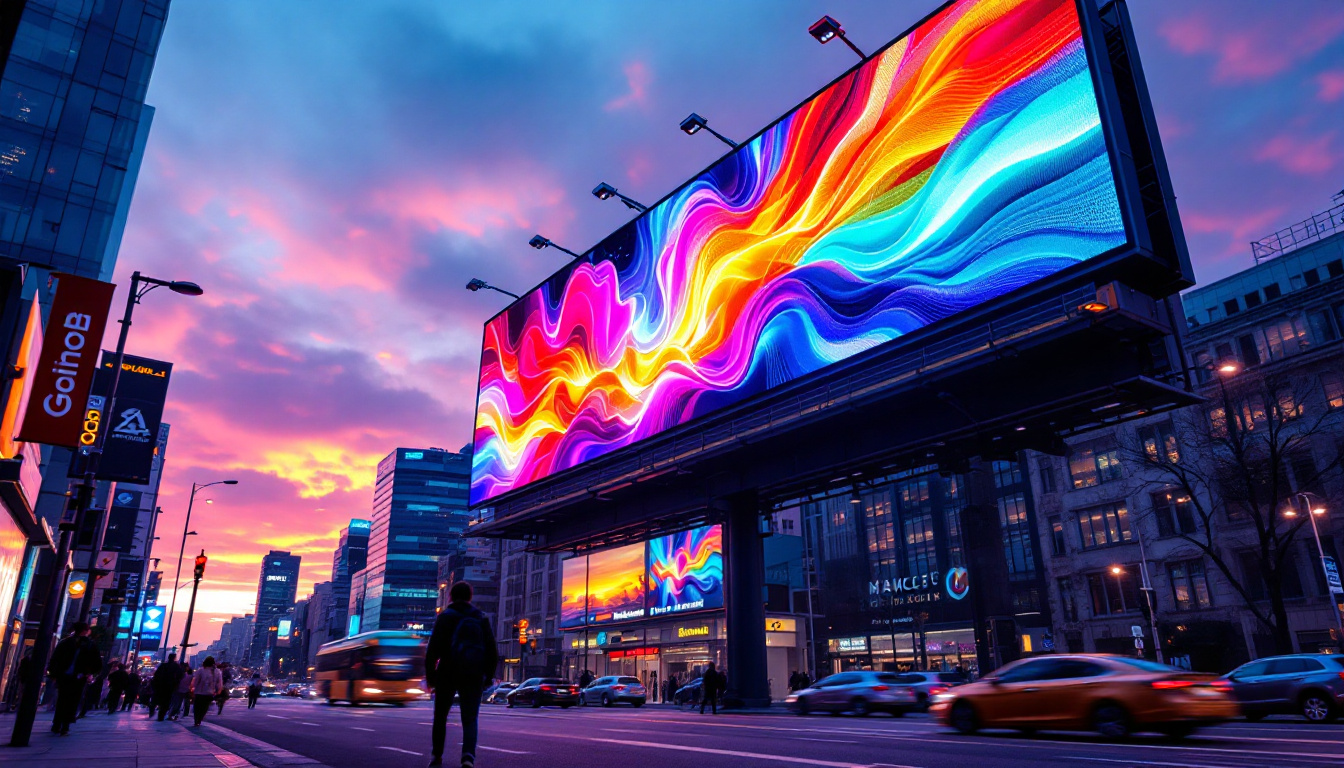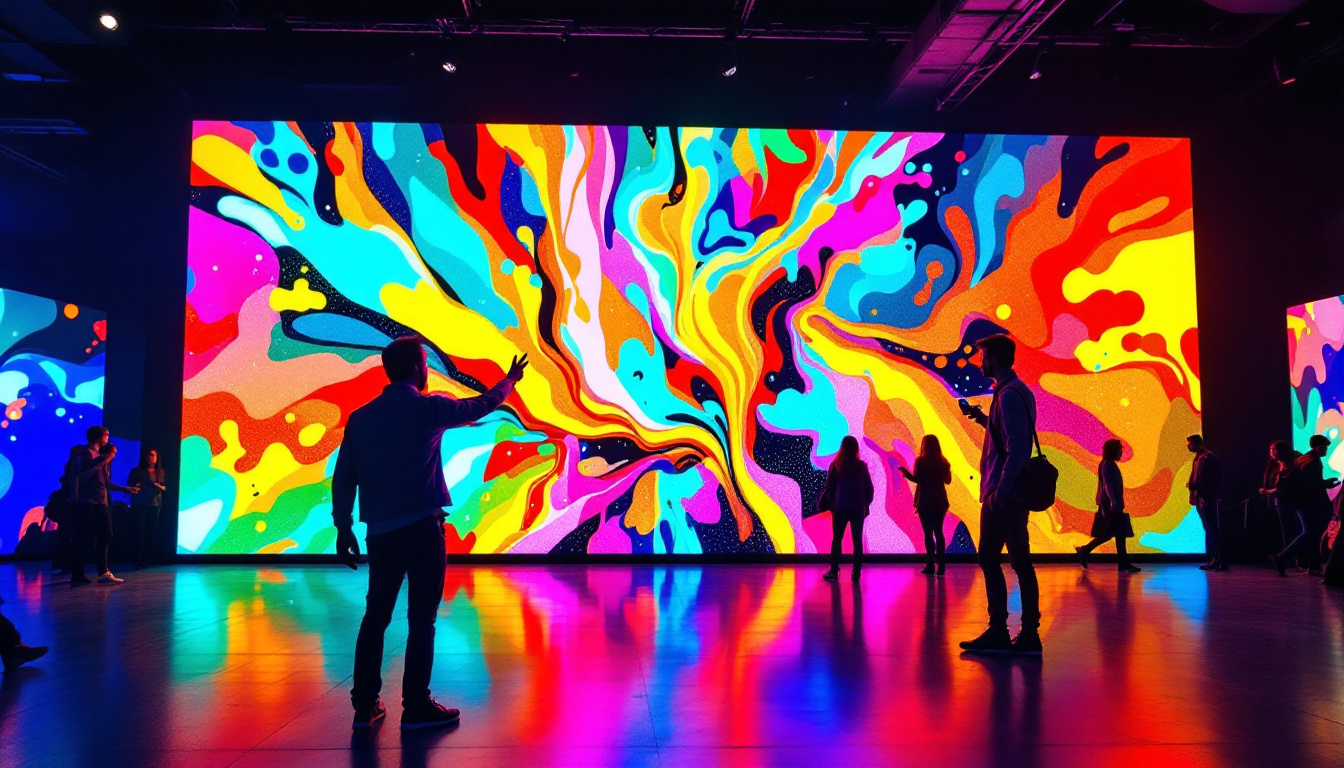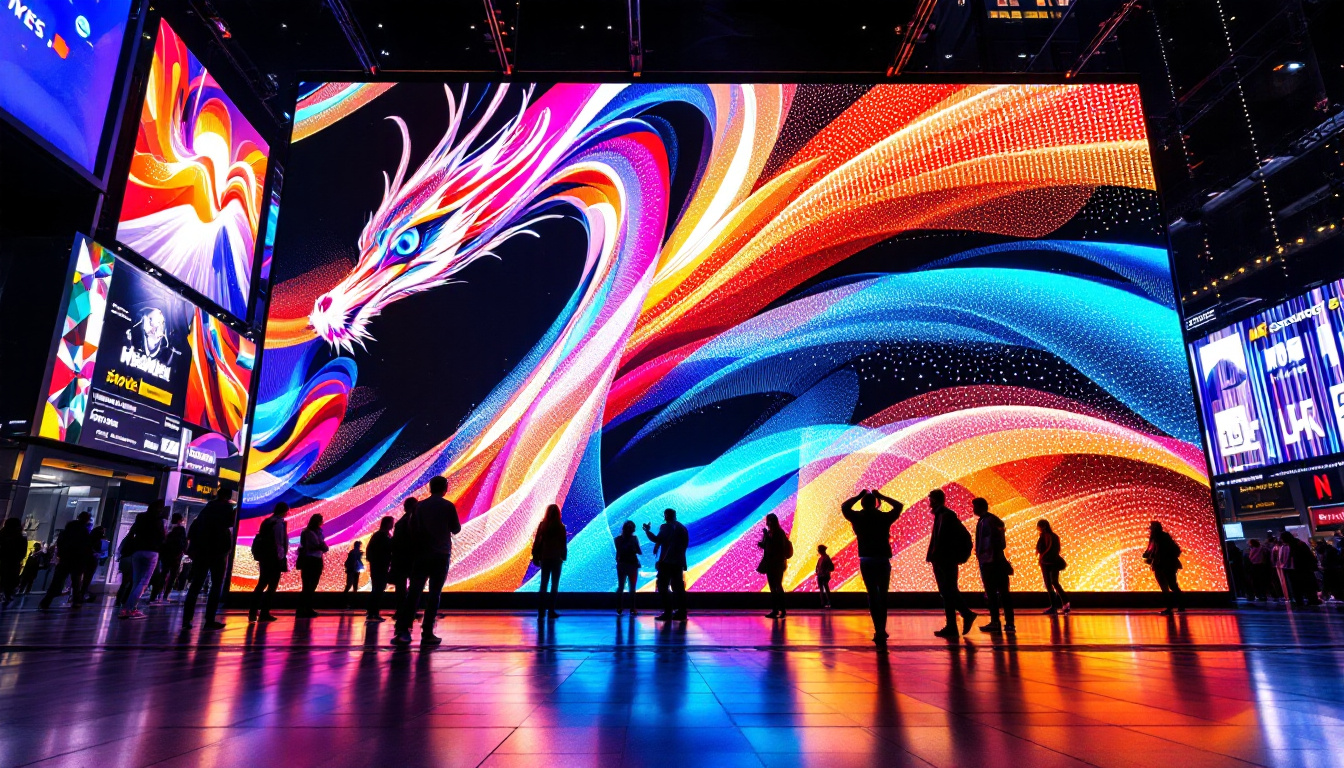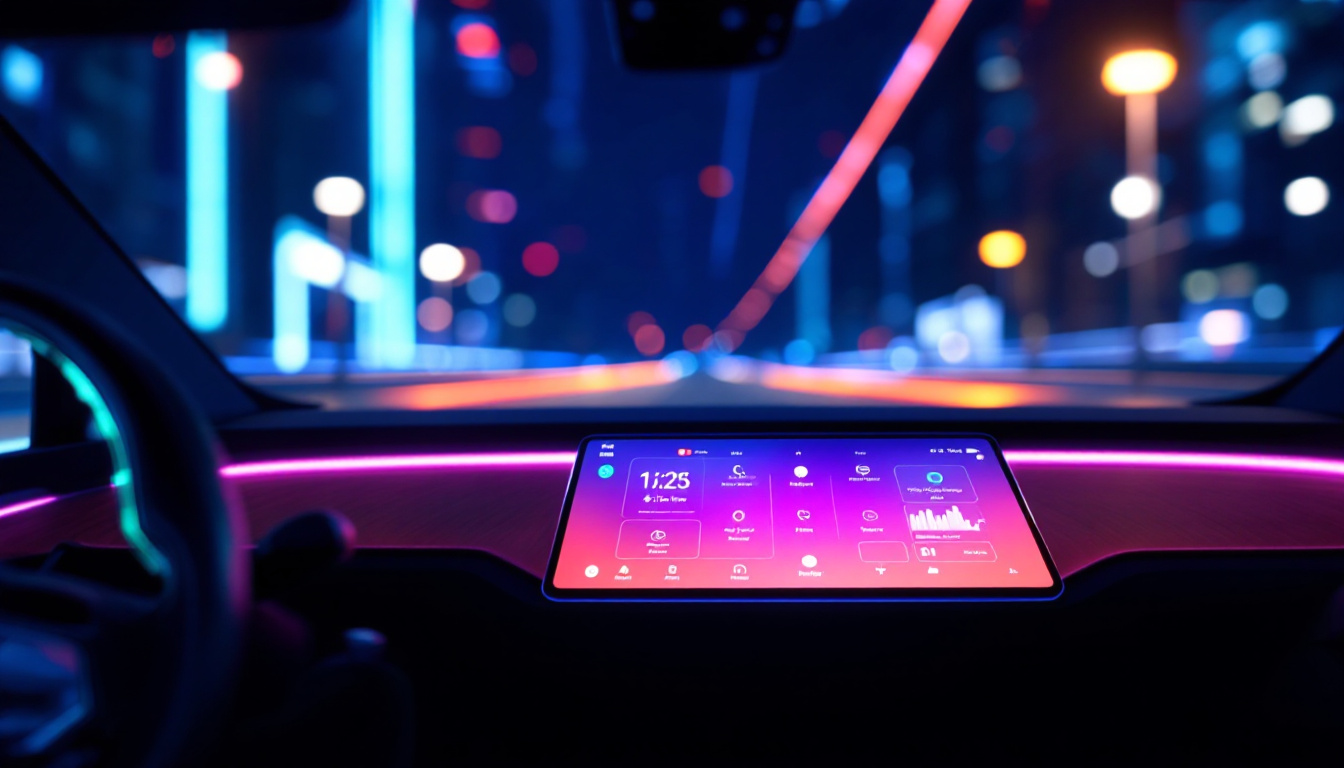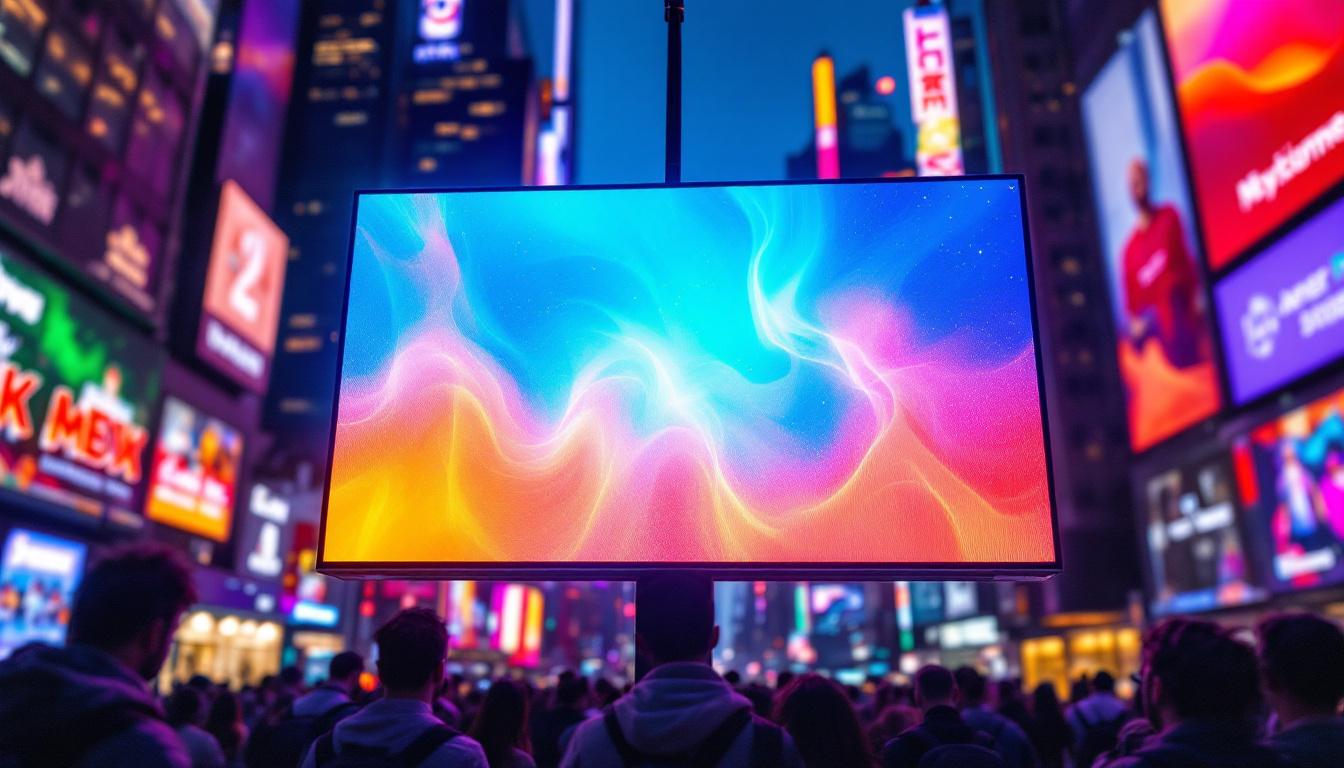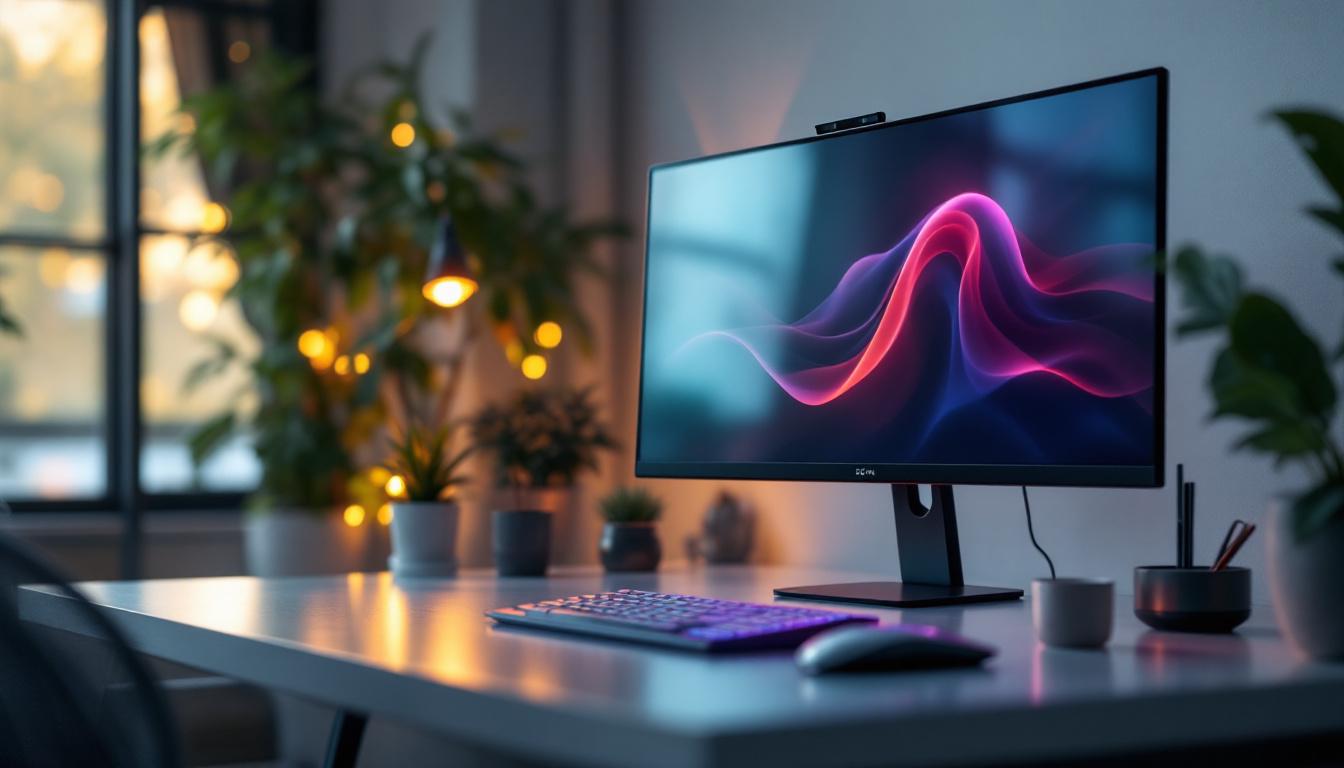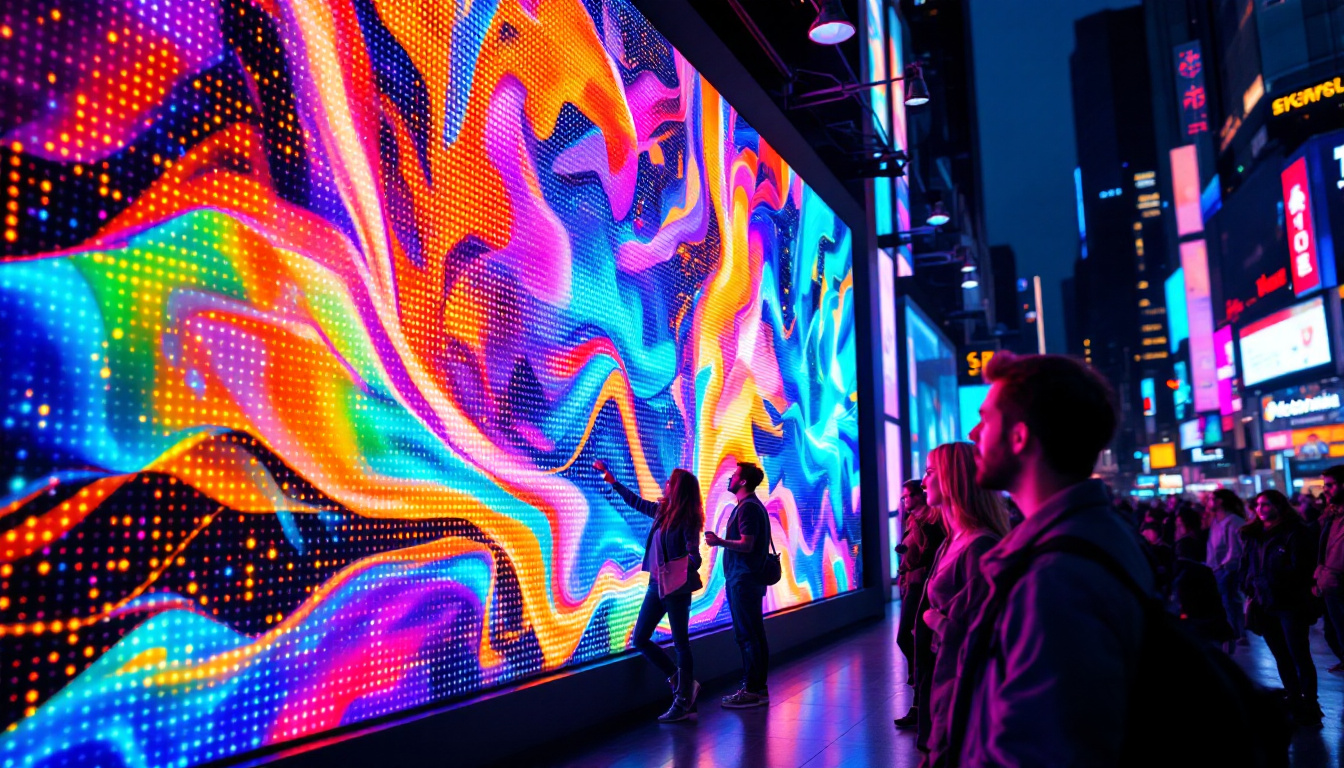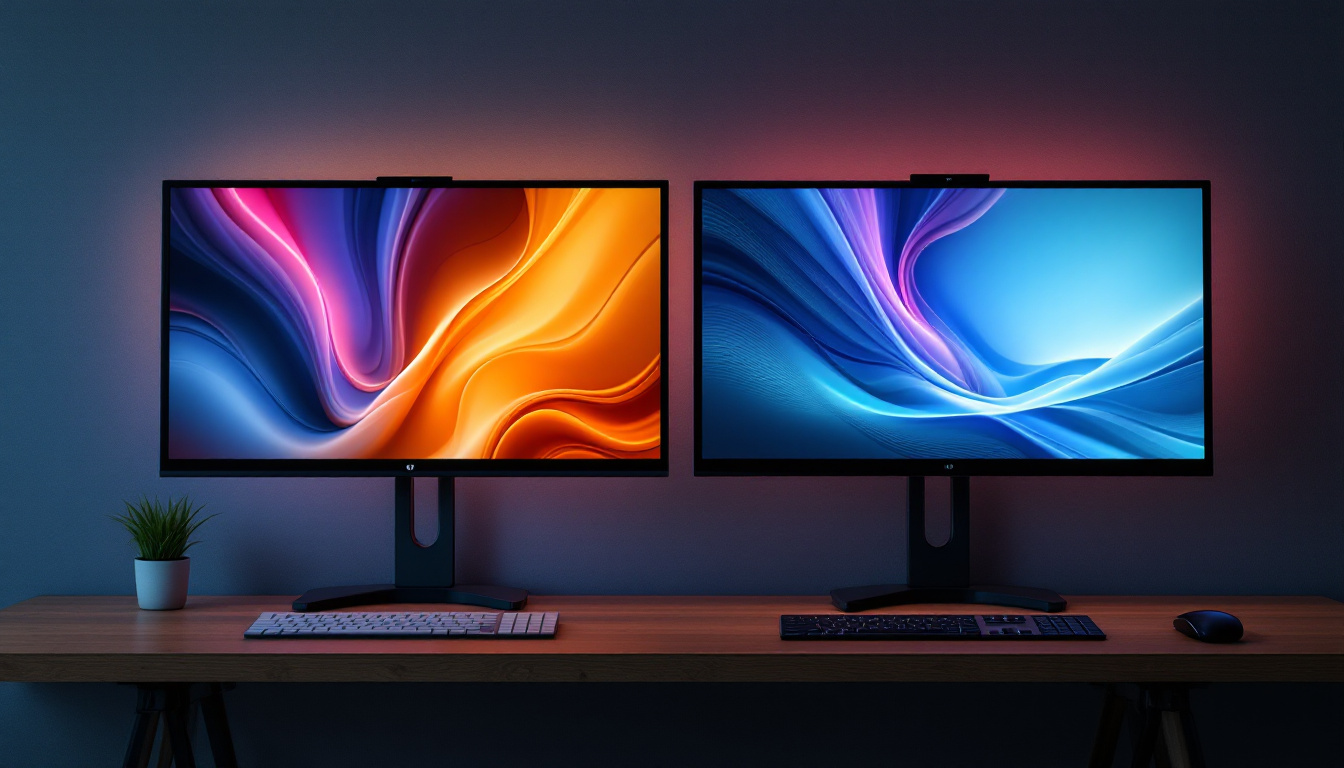In the world of technology, particularly in the realm of displays, understanding measurements is crucial. One common question that arises is the conversion of millimeters to inches, specifically when dealing with LED displays. This article delves into the specifics of what 1.2 mm translates to in inches, while also exploring the significance of these measurements in the context of LED displays.
Understanding the Conversion: Millimeters to Inches
To grasp the significance of 1.2 mm in inches, it’s essential to first understand the conversion process. The metric system, which includes millimeters, is widely used across the globe, while the imperial system, which features inches, is predominantly used in the United States.
The Conversion Factor
The conversion from millimeters to inches is straightforward. One inch is equivalent to 25.4 millimeters. Therefore, to convert millimeters to inches, the formula is:
Inches = Millimeters ÷ 25.4
Applying this formula, 1.2 mm can be converted to inches as follows:
1.2 mm ÷ 25.4 = 0.04724 inches
This means that 1.2 mm is approximately 0.047 inches when rounded to three decimal places.
Why the Conversion Matters
Understanding these measurements is crucial for various applications, especially in technology and design. For instance, when designing LED displays, knowing the exact pixel pitch (the distance from the center of one pixel to the center of the next) is essential for achieving the desired resolution and clarity.
In industries where precision is key, such as manufacturing and engineering, accurate conversions help ensure that components fit together seamlessly. This is particularly important in custom display solutions where specifications must be met to avoid costly errors.
Moreover, the significance of these conversions extends beyond just technical fields. In everyday life, understanding the difference between millimeters and inches can aid in tasks such as home improvement projects, where accurate measurements are critical for fitting furniture or appliances. For instance, when purchasing a new kitchen countertop, knowing the dimensions in both metric and imperial units can help ensure a perfect fit, avoiding the hassle of returns or modifications. Additionally, in the realm of fashion, designers often need to convert measurements for clothing patterns, ensuring that garments fit well regardless of the measurement system used.
Furthermore, as globalization continues to bridge markets and industries, the ability to convert measurements accurately becomes increasingly important. Businesses that operate internationally must often navigate these different systems to communicate effectively with partners and clients. This necessity highlights the importance of educational resources that teach conversion skills, making it easier for individuals to transition between metric and imperial systems in various contexts, from engineering to cooking.
LED Displays: An Overview
LED displays have become a staple in modern technology, utilized in everything from televisions to advertising billboards. Understanding their construction and functionality can provide insight into why measurements like 1.2 mm are significant.
What Are LED Displays?
LED stands for Light Emitting Diode, a technology that produces light when an electric current passes through it. LED displays are made up of numerous small diodes that emit light, creating images and videos that are vibrant and clear.
These displays can be categorized into various types, including direct view LED, OLED, and LED-backlit LCD. Each type has its unique characteristics and applications, but they all rely on precise measurements to deliver optimal performance. For instance, OLED displays utilize organic compounds that emit light, providing deeper blacks and a wider color gamut, while LED-backlit LCDs use LEDs to illuminate a liquid crystal display, offering a balance between cost and quality.
Importance of Pixel Pitch
One of the most critical specifications of an LED display is its pixel pitch, which is measured in millimeters. The pixel pitch determines the density of pixels on the screen, affecting the display’s resolution and clarity. A smaller pixel pitch, such as 1.2 mm, indicates a higher pixel density, which results in sharper images and better detail.
For example, a display with a pixel pitch of 1.2 mm is ideal for close viewing distances, such as in conference rooms or retail environments, where viewers are likely to be within a few feet of the screen. In contrast, larger pixel pitches are better suited for outdoor displays, where viewers are typically farther away. This distinction is crucial for businesses and organizations that aim to maximize the impact of their visual communications, as the right pixel pitch can enhance viewer engagement and improve the overall experience.
Moreover, the advancements in LED technology have led to innovations such as flexible LED displays and transparent screens, which open up new possibilities for creative applications. Flexible LED displays can be curved or shaped to fit unique architectural designs, while transparent screens allow for eye-catching displays that do not obstruct views, making them perfect for retail windows or exhibitions. As the technology continues to evolve, the potential for LED displays to transform environments and enhance storytelling through visuals is virtually limitless.
Applications of 1.2 mm LED Displays
LED displays with a pixel pitch of 1.2 mm are increasingly popular in various sectors due to their high resolution and clarity. Here are some of the primary applications where this technology shines.
Corporate Environments
In corporate settings, high-quality displays are essential for presentations, video conferencing, and information sharing. A 1.2 mm LED display offers crisp visuals that enhance communication and engagement during meetings.
Moreover, these displays can be integrated into video walls, providing a seamless viewing experience that captivates audiences. The high pixel density ensures that even detailed graphics and text remain sharp, making it easier for viewers to absorb information. This technology also supports multiple input sources, allowing for real-time data sharing and collaboration, which is particularly beneficial in fast-paced business environments. The flexibility of these displays means they can be easily reconfigured for different meeting setups, making them a versatile choice for any corporate space.
Retail and Advertising
In the retail sector, visually appealing displays can significantly impact consumer behavior. A 1.2 mm LED display can showcase products in high detail, attracting customers and enhancing their shopping experience.
Additionally, these displays are often used in advertising, where vibrant colors and sharp images can capture attention. The ability to display dynamic content, such as videos and animations, further increases engagement and can lead to higher conversion rates. Retailers can utilize these displays for targeted advertising campaigns, displaying personalized messages based on customer demographics and preferences. Furthermore, the energy efficiency of LED technology means that businesses can maintain eye-catching displays without incurring high operational costs, making them an economical choice for long-term use.
Event and Entertainment Venues
For events and entertainment venues, LED displays serve as a focal point, providing visuals that enhance the overall experience. A 1.2 mm display is particularly effective in concert settings, where clarity and detail are crucial for engaging the audience.
From live performances to sports events, these displays can convey essential information, such as scores or announcements, while also providing stunning visuals that elevate the atmosphere. The versatility of 1.2 mm LED displays allows them to be used in various configurations, from large-scale outdoor installations to intimate indoor settings. Their lightweight design and modular nature make them easy to transport and set up, which is a significant advantage for event organizers. Additionally, advancements in LED technology have improved durability and weather resistance, ensuring that these displays can withstand the rigors of outdoor use while delivering consistent performance. This adaptability makes them an ideal choice for festivals, trade shows, and corporate events alike.
Factors to Consider When Choosing an LED Display
When selecting an LED display, several factors must be taken into account to ensure that it meets the specific needs of the application. Here are some key considerations.
Viewing Distance
The viewing distance is a critical factor in determining the appropriate pixel pitch. For instance, if the display will be viewed from a close distance, a smaller pixel pitch like 1.2 mm is ideal. Conversely, for displays viewed from a greater distance, a larger pixel pitch may suffice.
Understanding the intended use and viewing environment will guide the selection process, ensuring that the display delivers the desired visual quality.
Brightness and Environment
Brightness is another essential consideration, especially for outdoor displays. LED displays are rated in nits, with higher numbers indicating greater brightness. For outdoor applications, a display with a brightness level of at least 5,000 nits is recommended to ensure visibility in direct sunlight.
In contrast, indoor displays may require less brightness, allowing for a wider range of options. Assessing the ambient light conditions of the installation site is crucial for selecting the appropriate brightness level.
Resolution and Content Type
The resolution of the display should align with the type of content that will be displayed. High-resolution displays are necessary for detailed graphics and videos, while lower resolutions may suffice for simpler content, such as text or images.
Understanding the content type and how it will be presented can help in selecting a display that meets both aesthetic and functional requirements.
Conclusion
In conclusion, the conversion of 1.2 mm to inches reveals that this measurement is approximately 0.047 inches. This seemingly small figure plays a significant role in the design and functionality of LED displays, particularly in determining pixel pitch and overall display quality.
As technology continues to advance, the demand for high-resolution displays, such as those with a 1.2 mm pixel pitch, will likely grow. Understanding the importance of these measurements can aid in making informed decisions when selecting LED displays for various applications.
Whether in corporate environments, retail spaces, or entertainment venues, the right LED display can enhance communication, engage audiences, and ultimately contribute to the success of any project. By considering factors such as viewing distance, brightness, and resolution, users can ensure that they select the most suitable display for their needs.
Discover the Future of Visuals with LumenMatrix
Ready to elevate your visual experience? LumenMatrix is at the forefront of LED display innovation, offering a diverse range of solutions tailored to your unique needs. From immersive Indoor LED Wall Displays to dynamic Outdoor LED Wall Displays, and from versatile Vehicle LED Displays to sleek LED Poster Displays, our technology is designed to captivate and engage. Explore our cutting-edge LED Sports Displays, interactive Floor LED Displays, and the revolutionary All-in-One and Transparent LED Displays. Embrace the power of exceptional visual communication with LumenMatrix and transform your space into a beacon of engagement. Check out LumenMatrix LED Display Solutions today and step into a world where clarity and impact go hand in hand.

